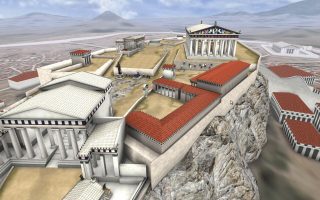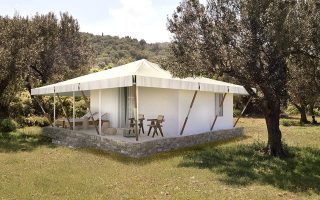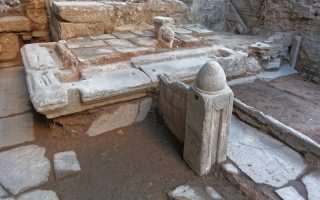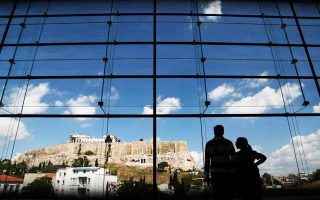Parallel House on Kea earns two young architects Domes award
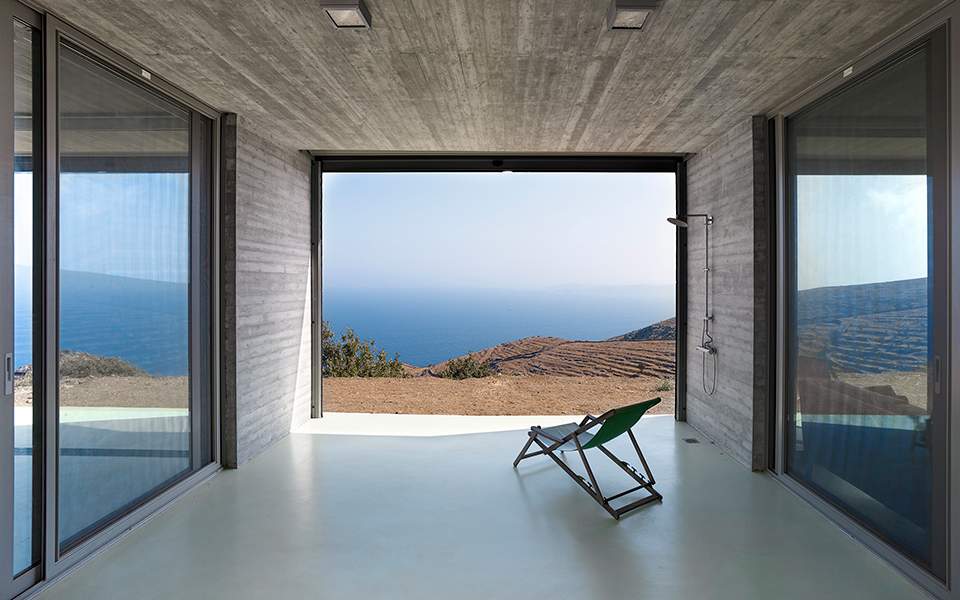
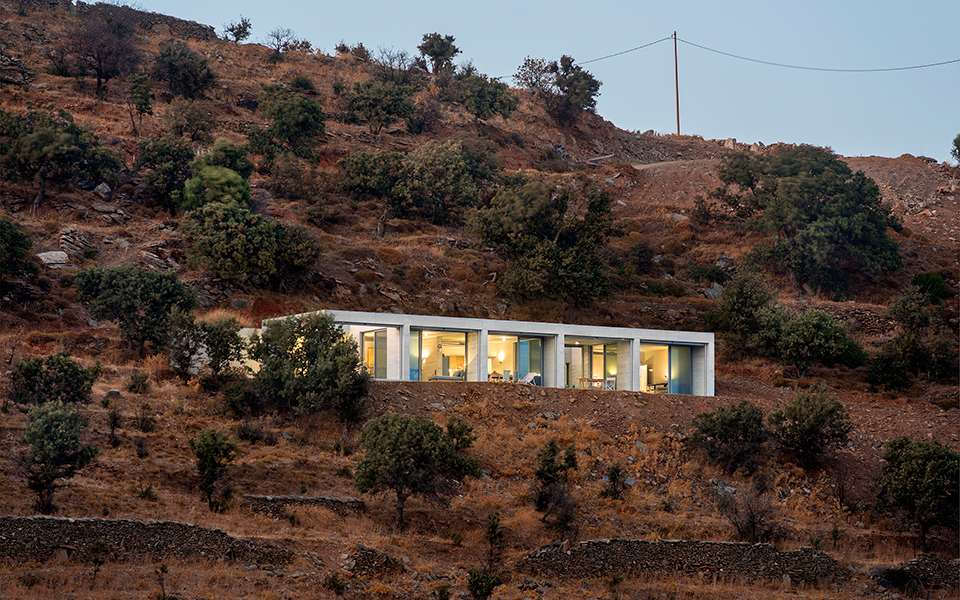
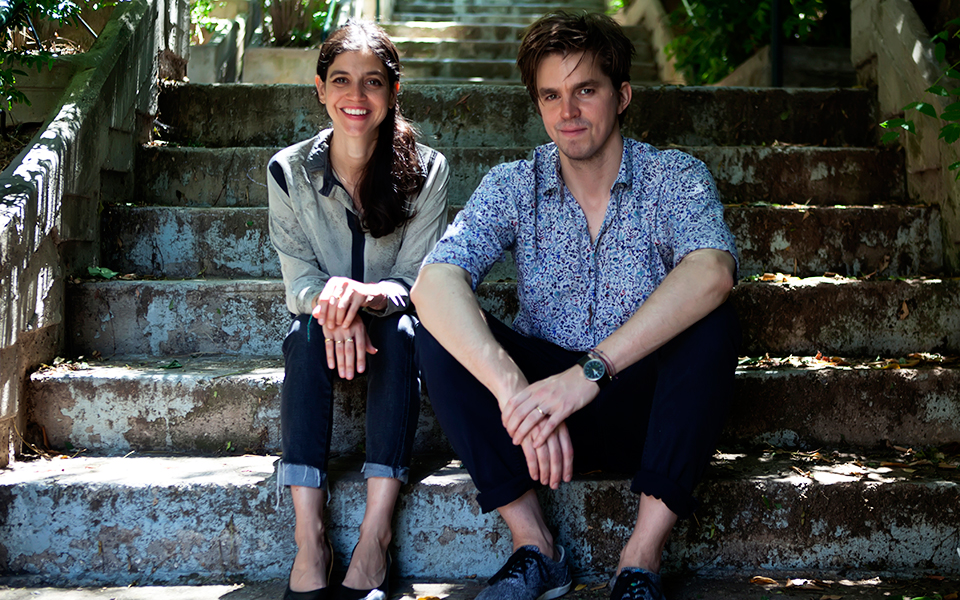
Located in a wild, inhospitable and isolated corner of the Cycladic island of Kea, the Parallel House took the prize for Best First Work by a Young Architect at this year’s Domes Greek Architecture Awards earlier this month. Katerina Kourkoula and Hannes Livers Gutberlet of the firm En Route designed a residence along the contours of the natural landscape, parallel to the island’s southeastern coast, looking out toward the nearby island of Kythnos.
The architects’ biggest challenge was to design a home that could be built on a steep hillside, at some distance from the nearest village and without access to the island’s road or utilities networks. The challenge called for a building that is almost self-sufficient – making use of “hidden” solar panels and a rainwater collecting and recycling system – and also protected from the powerful winds that often lash the Cycladic islands, yet still enjoys a sea view.
The Parallel House consists of a succession of rooms with large sliding windows showcasing the beautiful view. The utilitarian spaces, such as the bathrooms and kitchen, are at the back of the house, part of which is embedded in the hillside. The building is made of concrete, as the architects intended for it to make a statement with its presence rather than attempt to blend into the surrounding landscape.
The Parallel House is part of a residential triptych on Kea, together with the cube-shaped Neutral House, which is currently under construction, and the Vertical House, which is still on the drawing board.
“We let ourselves be guided by the limitations of the natural environment,” said the two young architects, whose philosophy has also served them well in the urban landscape of Athens.
London-born Kourkoula and Gutberlet from Heidelberg in Germany spent a good part of their lives and started their careers abroad, where they were firmly indoctrinated with the principles of social responsibility in architecture, before coming to Greece three years ago and starting En Route.
“The role of architecture has changed, so that it has a much greater responsibility, especially to a damaged environment,” said Kourkoula.
Working in Greece during the crisis has made architects here much more “inventive,” the pair said, stressing how financial limitations have affected budgets and materials. Most of the projects they are commissioned to do, moreover, involve remodeling flats in Athenian apartment blocks, which are also undergoing a transformation along with social shifts.
“The open-plan layout is gaining a lot of ground in apartment buildings, with the kitchen communicating with the living room,” they said. “People no longer want to live separately, isolated in different rooms.”
A shortage of free space in downtown Athens compelled the En Route architects to explore creative ways of using “forgotten spaces like interior courtyards and rooftops,” as was the case with an apartment they did on the hillside of Lycabettus.
The architects confirm that short-term property leasing, advertised on sites such as Airbnb, is the driving force shaping the Greek real estate market right now, and especially renovations.
“Sure, this has created job openings, but at the same time it is pushing up rental rates. We are very skeptical about where this phenomenon will lead,” they said.
